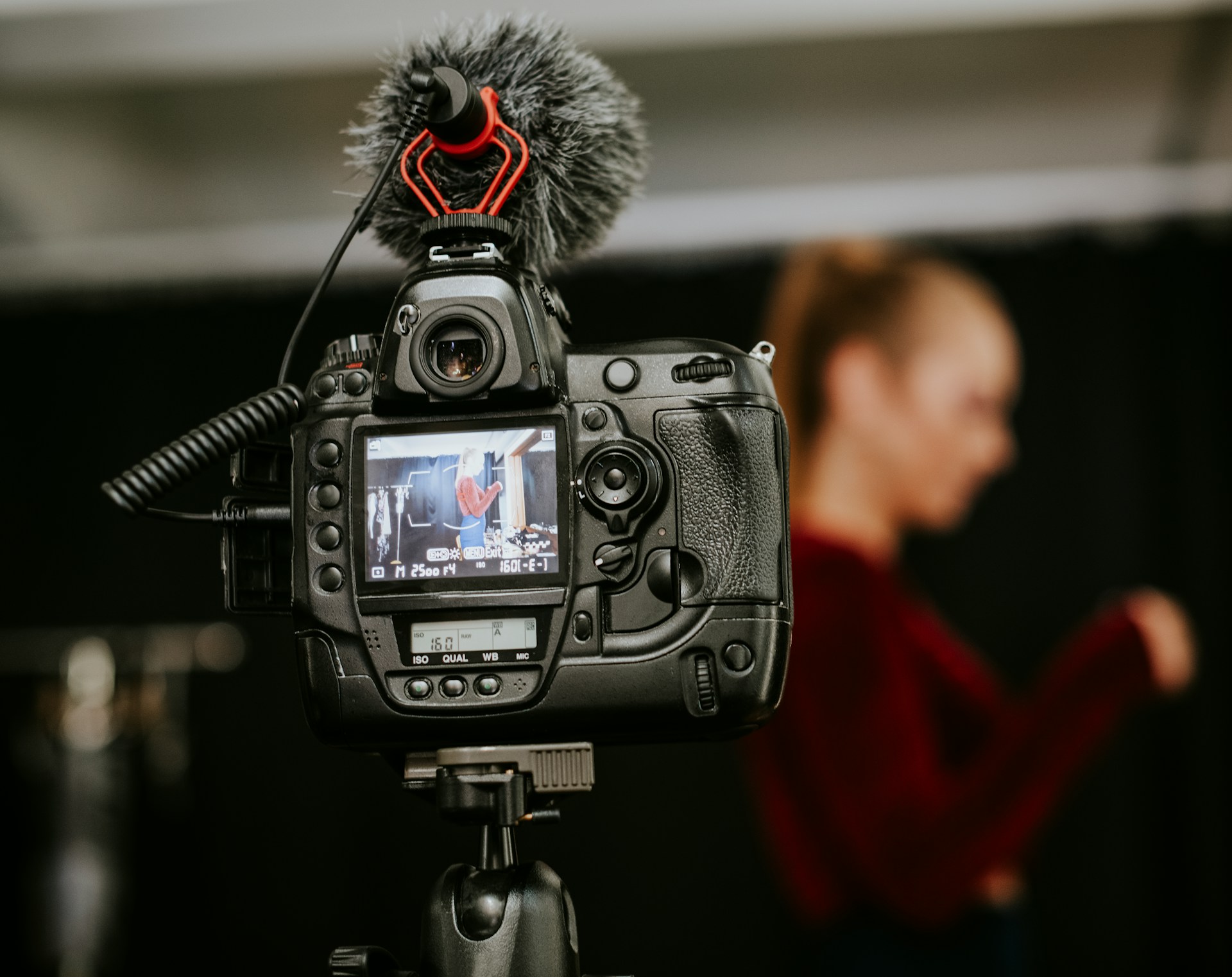Training films have carved out an essential role in the toolkit of modern businesses. They offer a unique way to convey information, transforming what could be a listless explanation into something engaging and memorable. By using visuals and storytelling, these films can hold the viewer’s attention in ways written documents often can’t match. Imagine replacing a monotonous manual with a lively film that not only informs but also excites the viewer. That’s the value training films bring to the table.
The main goal of creating effective training films lies in mastering the techniques that maintain audience attention from start to finish. This involves understanding your audience, crafting compelling stories, and using the right mix of visual and audio elements. Each of these components plays a crucial role in keeping viewers engaged, ensuring that the message you’re trying to deliver is heard, understood, and remembered.
Understanding Your Audience
Before diving into production, it’s important to get to know your audience. Think of it like preparing a meal where you’d first need to know the tastes and preferences of your guests. Understanding who your viewers are helps tailor the content to meet their needs and expectations. Are they beginners eager for detailed explanations or seasoned professionals looking for advanced insights? Knowing this can make all the difference.
Here are a few simple steps to get to know your audience better:
– Research Demographics: Gather information about your audience’s age group, industry, and experience level. This helps in tailoring the content’s complexity and tone.
– Engage in Conversations: Talk to people in your target audience, ask for their thoughts and suggestions on what they find engaging in training films.
– Gather Feedback: Use surveys or feedback forms after film screenings to gain insights into what worked and what didn’t.
Audience insights can heavily influence the style and content of training films. If your audience is young and tech-savvy, incorporating modern design elements and fast-paced editing might appeal to them. For a more traditional audience, a simpler, more direct approach might be effective. Tailoring a film to fit the audience ensures that the information is not just received but welcomed and internalized, paving the way for successful communication.
Crafting a Compelling Story
Storytelling forms the heart of a captivating training film. It turns a simple instruction into a narrative journey, making the information more digestible and much more interesting. A well-crafted story can hold the viewer’s attention, making the learning process enjoyable rather than a chore. When crafting your story, it’s beneficial to centre it around relatable characters or situations.
Follow these steps to create a powerful story for your training film:
– Define Your Message: Clearly outline what you want the audience to take away. Whether it’s a new skill or a better understanding of a concept, having a clear message helps shape the narrative.
– Create Relatable Characters: Use characters that mirror your audience’s realities. They should face challenges that the viewers are familiar with, providing solutions along the way.
– Ensure a Clear Structure: Like any good story, have a beginning to set the scene, a middle where the main points are fleshed out, and a satisfying ending that wraps up the narrative effectively.
For example, if your film teaches safety measures in a warehouse, you might feature a character navigating common scenarios and demonstrating best practices. This approach ensures viewers can see themselves in similar situations, reinforcing learning through visual storytelling.
Visual and Audio Elements
High-quality visuals and audio can elevate a training film from good to great. They ensure that the viewer stays immersed in the experience without distractions. Clear visuals paired with crisp audio make the content not just understandable but also enjoyable.
Here’s how to enhance your film’s visual and audio quality:
– Lighting and Framing: Use adequate lighting to ensure every scene is clear. Avoid harsh shadows and experiment with different camera angles to keep the visuals dynamic.
– Editing Techniques: Utilise smooth transitions and appropriate pacing to keep the film engaging. Effective editing can highlight key information and reinforce learning points.
– Professional Audio: Invest in quality microphones to capture clear sound. Adding background music can enhance the mood, but it should never overshadow the dialogue or narrator.
The combination of high-quality visuals and sound ensures that your film is technically sound, allowing the content to shine without unnecessary distractions.
Interactive Elements and Engagement Techniques
Adding interactive elements can turn passive viewers into active participants, which increases engagement exponentially. Consider integrating quizzes or short Q&A segments in your training film. By prompting viewers to think and respond, you ensure they remain attentive and absorb the material more effectively.
Engagement techniques to explore include:
– Varied Pacing: Keep the momentum of the film by alternating between faster-paced sequences and slower, more detailed explanations.
– Use of Humour: A well-placed joke or light-hearted moment can break the monotony and make the film more enjoyable for the audience.
– Real-World Examples: Using scenarios that viewers might encounter in their work lives can help ground the content in reality, making it more relatable and memorable.
These interactive and engagement techniques transform the viewing experience from something passive to highly engaging, keeping the audience hooked from start to finish.
Bringing It All Together for Effective Training Films
Crafting an engaging training film is like putting together a puzzle. Each piece, from understanding your audience to incorporating interactive elements, plays a pivotal role in forming the complete picture. By combining storytelling, compelling visuals, and interaction, you create a film that doesn’t just teach but also delights.
As you apply these strategies, remember that the key lies in connecting with your audience on a personal level. When viewers feel understood and valued, the learning process becomes more than an obligation—it transforms into an enriching experience. By embracing these techniques, you set the stage for successful and impactful training films that leave a lasting impression.
Ready to captivate your audience with engaging training films? Discover how our expert film production services at On Air can elevate your storytelling and visual execution. Let us partner with you to craft films that not only educate but also inspire and leave a lasting impression. Reach out today to see how we can bring your vision to life.






